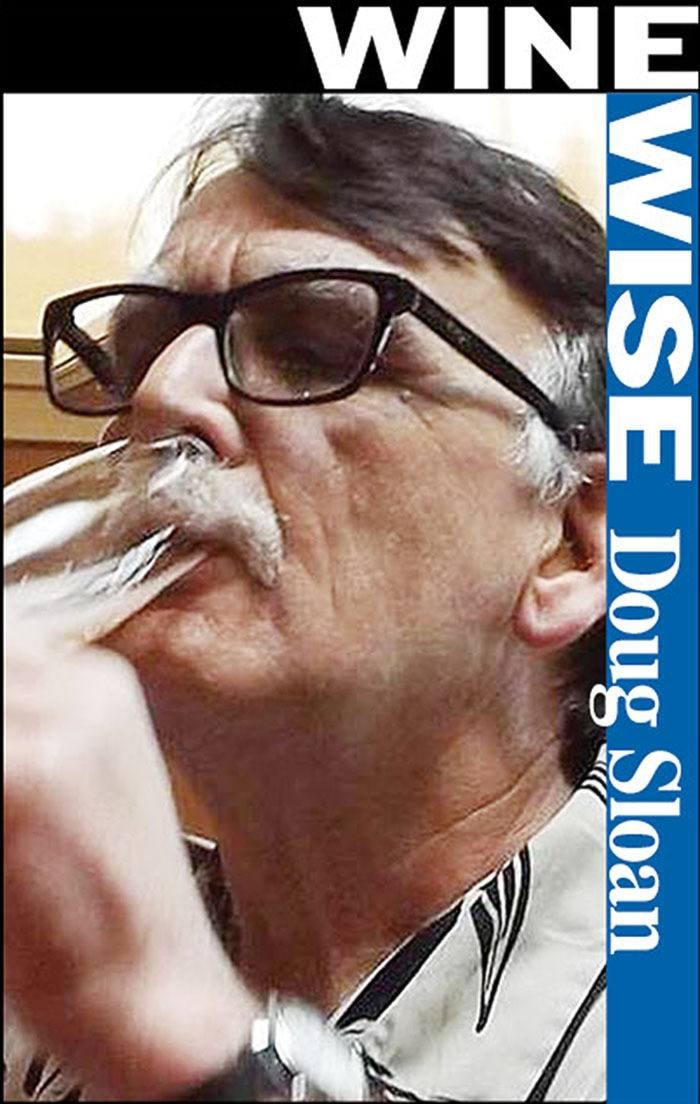Here in North America, today, wine lovers are likely to start their explorations with local reds from our own major producers Andrew Peller, Constellation and Mark Anthony.
Affordable wines designed to satisfy tastes that have evolved from sweet fruit juices and sodas – ginger ales, colas and root beer – these red wines are made in a deliberately ‘New World’ style with generous residual sugars balanced by natural grape acidity and ripe tannins.
Traditional French red wines are typically more ‘dry’ than wines from British Columbia, California, Chile, Argentina, Australia or South Africa. Higher in perceived acidity and brisk tannins, ‘Old World’ red wines – from Spain and Portugal, Italy and France – only really show their full range of flavours when served with food.
The Ardeche region of the northern Rhône lies more than 90 km from the Mediterranean coast on a landscape that ranges from river plains in the south to the rugged mountains of the Massif Central in the north.
From Ardeche, Cave Saint Desirat Syrah (188474) $12.49 is 100 per cent Syrah. It is a ‘meaty’ red with peppery plum and blackberry aromas and bright, juicy red and black berry fruit flavours. There’s a distinctly French edge of earthy granite minerality in this well-priced red.
Château Manissy is situated on the edge of Provence, on the right bank of the valley of the Rhône. Bathed by the sun and caressed by the mistral wind, the winery produces three organic wines: Tavel, Lirac and Côtes-du-Rhône.
Chateau de Manissy ‘La Belle Etoile’ Rouge (628313) $16.60 blends 80 per cent Syrah with 20 per cent Grenache. Raspberry and cherry fruit aromas lift from the glass as the wine opens up.
The medley of berry fruit flavours includes spicy blackberry with a subtle twist of liquorice in the finish.
Languedoc-Roussillon wines, including Vin de Pays d’Oc, are produced in southern France in an area which follows the Mediterranean coastline from the French border with Spain to the region of Provence.
Grown in Languedoc, in the French southwest, Domaine Laroche Vin de Pays d’Oc Pinot Noir de la Chevalière (205534) $16.65 has the elegance we expect in French red wines. Although it does not have the pedigree of more expensive Burgundy, this light dry red opens up with sweet notes of strawberry, dried cherries and dusty cranberry.
Overlooking the Garonne River, Premières Côtes de Bordeaux starts South of Bordeaux city to Cadillac. Premières Côtes de Bordeaux is a long and narrow stretch of vineyards, more than 50 kilometers long and five kilometers wide.
From the Premières Côtes de Bordeaux region, Chateau du Juge Cru Quinette, (834341) $20.99 is a sturdy red based on Cabernet Sauvignon, Merlot and Cabernet Franc with splashes of Petit Verdot, Malbec and Carmenère. Surprisingly sweet on first sip, it features lingering flavours of ripe plums, prunes and black cherries.
Every now and then, the complicated French Appellation d’Origine Contrôlée (AOC) system allows winemakers to plant non-traditional varieties in limited amounts and very specific sites. Somehow Zinfandel joined that category!
Loving every sunny heat-baked moment De L’Arjolle Zinfandel (822825) $25.85 comes from the only hectare of Zinfandel in France in Pouzolles in Languedoc-Roussilon. Dark purple red, it oozes blueberry and blackberry fruit with subtle notes of liquorice and cloves with echoes of wood smoke and vanilla.
Located north of Lyon in eastern France, Beaujolais overlaps Burgundy in the north and Rhône in the south along the Saône River. Cru Beaujolais come from the best vineyards around specific villages within the region. Morgon is the second largest Cru after Brouilly. It is named after the local hamlet of Morgon, which is in the centre of the area and borders the village of Villié-Morgon.
Dominique Piron Côte du Py Morgon (888438) $30.99 is a full-bodied, powerful and meaty wine, made entirely and exclusively from Gamay Noir grapes. Opulent aromas and flavors of black cherries and plums ride a base of earthy, iron-tinged minerality with subtle undernotes of sage, thyme and peppery liquorice.
Although French reds occasionally have the grape varieties on their labels, most often the wines are named for the villages or regions in which they are grown. Don’t let this geographic - Appellation d’Origine Contrôlée - approach dissuade you from exploring the wide range of wines France has produced for centuries.
Reach WineWise by emailing douglas_sloan@yahoo.com
